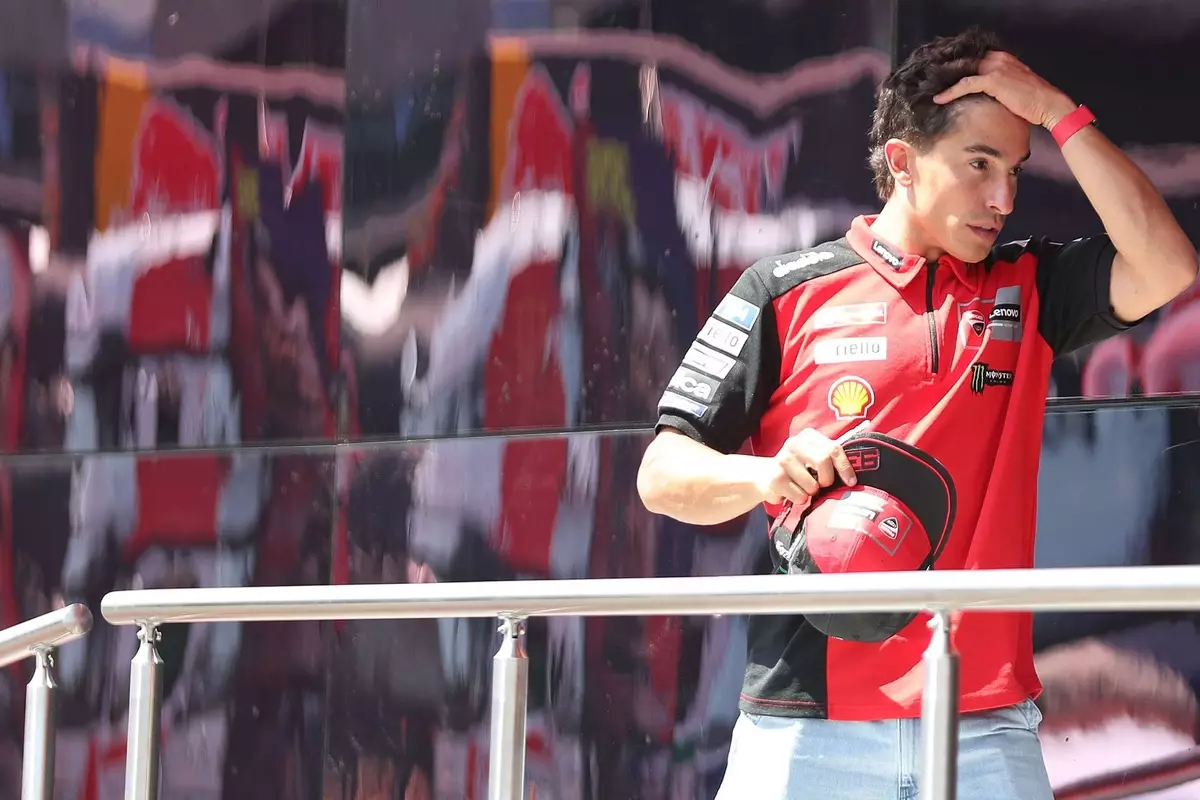MotoGP, the pinnacle of motorcycle racing, has long celebrated the raw skill, daring, and instinct of its riders. Traditionally, the sport has been defined by a delicate balance between rider ability and machine performance. However, recent developments threaten to alter this delicate equilibrium, provoking a fierce debate about the essence of racing. The introduction of a new stability control system at this weekend’s Austrian Grand Prix epitomizes this tension, igniting resistance from some of the sport’s most talented and respected riders. While technological strides aim to enhance safety, their implications may be eroding the very fabric that has made MotoGP an exhilarating showcase of human skill.
The stability control system—designed to reduce engine torque during bike slides—intends to prevent dangerous highside crashes, a notorious hazard for riders pushing the limits. Yet, critics argue that this technology fundamentally alters the nature of racing, diminishing the rider’s influence and replacing daring with dependency. What may seem a safeguard to some is perceived by others—as exemplified by figures like Marc Marquez and Pedro Acosta—as a step away from authentic motorcycle racing, towards a more computerized and sanitized version of the sport.
Safety or Sterility? The Underlying Controversy
Officially, the governing bodies cite safety as the primary driver behind this technological change. With highside crashes responsible for severe injuries—including Marquez’s near-fatal 2020 incident—the impetus to introduce systems that potentially mitigate these risks appears reasonable. However, the narrative conflict arises from the apparent contradiction with the sport’s evolving regulations, such as the upcoming ban on ride height and holeshot devices. These moves suggest a desire to reduce dependency on technological aids, yet the stability control system seems to run counter to this trajectory.
Many seasoned riders see this new software as an encroachment on their ability to influence the bike dynamically. Marc Marquez, a rider synonymous with aggressive and daring riding, expressed his disapproval candidly. He emphasized that the more electronic aides are integrated, the less room there is for skill-driven performance. Marquez’s concern is rooted in a belief that racing should remain a contest of human mastery, not a test of whose electronic systems are more advanced.
Pedro Acosta, hailed as a prodigious talent, echoed similar sentiments. His view suggests a desire to strip away aids to preserve the competitive edge of raw talent. Both riders intuitively recognize that reliance on such systems might lead to a homogenization of riding styles and diminish the unpredictable drama that makes MotoGP captivating.
The Future of Competition in an Increasingly Digital Landscape
Contrasting sharply with the vocal opposition are voices like Marco Bezzecchi’s, who believe that true skill will always find a way to shine through technological barriers. Bezzecchi argues that while rider aids may temporarily level the playing field, the innate talent and adaptability of top riders will prevail in the long term. He predicts that once riders master the system’s intricacies, the essence of skill-based racing will reassert itself.
This optimism underscores a broader debate about whether technological developments ultimately enhance or diminish the sport. While some see aids as necessary safety mechanisms, others view them as artificial levellers capable of diluting the competitive spirit. The crucial question remains: do these systems serve the sport’s evolution or threaten its soul?
With the industry heading towards more regulations that reduce aerodynamic aids and restrict devices like ride height controls, the introduction of stability control might represent a paradoxical step—an attempt to modernize safety while risking the integrity of rider skill. The upcoming season could become a crucial testing ground for how far the sport is willing to go in embracing electronic assistance, with the risk that it might undermine the very qualities that have made MotoGP a spectacle of human accomplishment.
The controversy surrounding the new stability control highlights a fundamental tension in MotoGP: the drive toward technological safety versus the preservation of racing’s artistic and human elements. As the sport navigates this challenging crossroads, the resolution will likely shape its identity for decades to come, demanding a careful balance between innovation and tradition.

